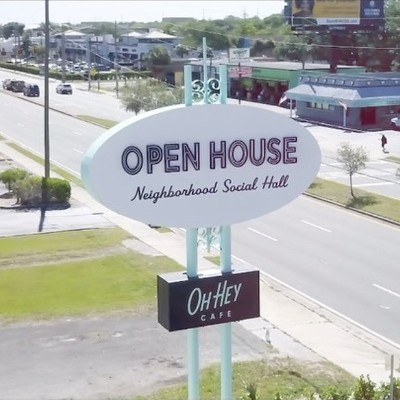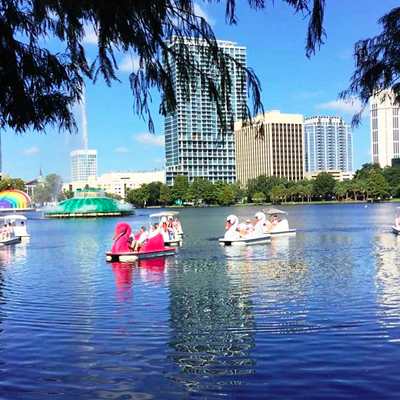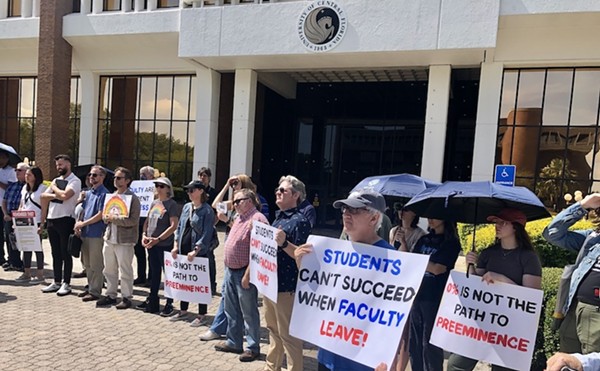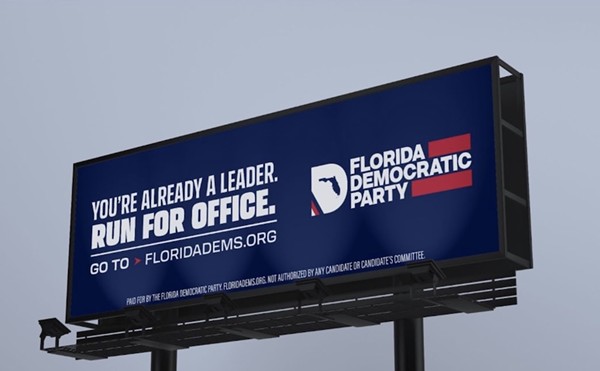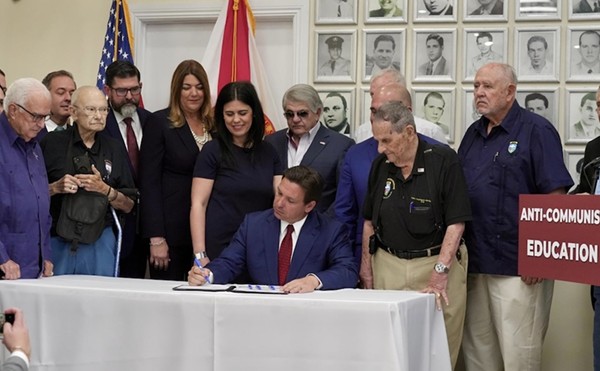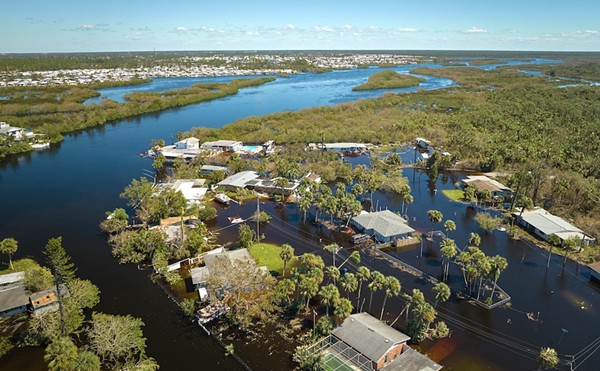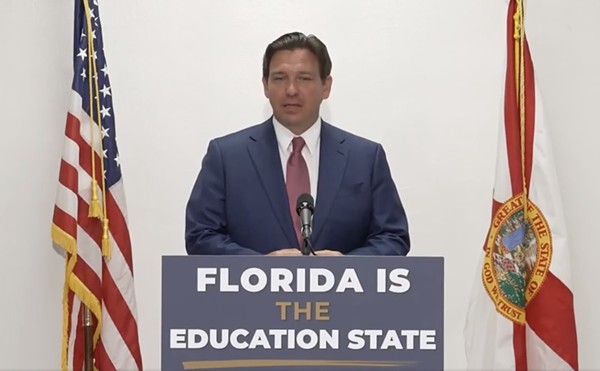Once upon a time, there was a city that wanted to build a light-rail system.
That goal encountered the predictable problems -- garnering public support, winning over politicians and funding authorities, standing down, opposition, and then actually building the thing.
;;In 1998, that city is Orlando. In 1982, that city was St. Louis.What links the two cities is Stephen Willis. Willis planned and executed St. Louis' 1993 light-rail launch, and he's been hired by Lynx, the regional public transit agency, as the director of engineering and construction to do the same thing in Orlando.
By most standards, the St. Louis light-rail project has been a success. It has outstripped its projected ridership of 12,000 a day by 300 percent since its 1993 debut, and a new connector is currently under construction. Indeed, the political battles over St. Louis' system, dubbed MetroLink, are now being fought over who gets to be linked to the system, and not whether it should expand.
Here, of course, the battles are over routing, particularly Lynx's plan to extend rail into Orlando's north suburbs, where residents have organized to fight a proposed alignment along existing CSX train tracks. Eatonville and Altamonte Springs want it closer to their busy cores; Maitland and Winter Park want it pushed out to I-4. Last week the Lynx board agreed to a 90-day halt on planning the north line even as it voted to push ahead with a proposed southern route from downtown to Sea World.
"At all the hearings," says Willis of raucous gatherings on the proposed northern route, "they all wanted rail. They just didn't want it down the middle of Winter Park and in some of the other neighborhoods."
Willis sees similarities between his successful St. Louis launch and the proposed line that he's been hired to supervise in Central Florida. "The good news," he says, "is that Orlando is more organized. There's tremendous community interest down here, more so than there was in St. Louis."
That interest isn't just speculative. Unlike St. Louis and Missouri, Willis says, which "had not one dime of their tax monies in the first phase of the project," Lynx already has built a stable partnership between federal, state and local business monies to fund light rail. "There's a tremendous progressive partnership with the Department of Transportation here unlike any that I've ever seen," he says.
The bad news, Willis notes, is that Orlando already has interests actively fighting the rail. "In the early days," he recalls of St. Louis, "we had no real organized resistance. There were no groups that named themselves ‘Keep rail out of St. Louis."
St. Louis became a bus-only town in 1967, when the last of its legendary trolleys clanged its way through the city's streets. But although St. Louis' light-rail system drew skeptics in its design and construction stages, opposition found little to rally around -- especially since no local dollars other than grants of property and rights of way were being used.
But there were glitches. Expansion of the St. Louis airport forced the cancellation of a large park-and-ride lot and forced MetroLink's planners to route the line directly into the terminal and through an adjacent graveyard. The relocation of thousands of graves -- a relocation that already was envisioned in long-term airport plans -- gave the project a big black eye, especially since the cemetery contained primarily African-Americans.
Closer to the Orlando situation, however, was the dropping of two close-in suburban cities from the project's first phase; like Winter Park, both were upscale residential communities with strong central business districts. Vocal opposition in those areas killed a link that would have served the St. Louis metro area's second-largest business district, which had been a main goal of the initial plans.
Ironically, those two cities -- Clayton and University City -- now are clamoring for light rail. But a fight last year between St. Louis City and St. Louis County over routing and a sales tax to fund it has delayed construction of the link to those areas.
"That would have been done in 1993," Willis says, specifically comparing it to the Orlando protests, "had it not been for their similar resistance."
The success of MetroLink's initial route in St. Louis is not atypical, he argues. In his experience, the presence of light rail tends to reverse polarities. "What's important in these communities [that object] is that you build a piece so the people can see it, touch it, feel it, ride it and experience it. And then the problem no longer becomes the NIMBY -- not-in-my-backyard -- but what I call a WDWGO -- when do we get ours?"
Far from the noisy freight carriers and Amtrak service on the CSX track that now runs through Winter Park, Willis argues, light rail "isn't anywhere near the decibel level of a freight train. It runs quietly and goes along its track quietly. In fact, when you have work crews out, you have to have flagmen there who are watching. They are so quiet that the train can be on you before you have any awareness of it."
Equally important, Willis observes, is that after the initial Lynx light rail is built, and the NIMBYs become WDWGOs, the cash isn't always available. Studying the north alignment again, Willis says, could cost another $3 million or $4 million, with an accompanying time delay in what he terms "this ninth hour." And after the project proves its popularity, as in St. Louis, the competition to be connected will grow more intense.
"That north corridor will never disappear out of the long range plan," Willis admits. "It will stay a viable corridor. It's just at what point in time, and to what extent, do you further study that northern corridor? And now where does it stand in terms of competition, let's say, with another corridor that goes from downtown to the airport, or from Disney to downtown?"
[The northern route] wouldn't have been built right away anyway [even] if there were nothing but accolades and approval at the hearing on the north corridor," he says. "But what would have happened is that we would have defined it."
So for now, Willis is focusing on the south end. And he is convinced that it will be the antidote to the criticisms. "The best selling tool for [light rail]," he insists, "is to be on it, and ride it, and experience it here in your own community."


